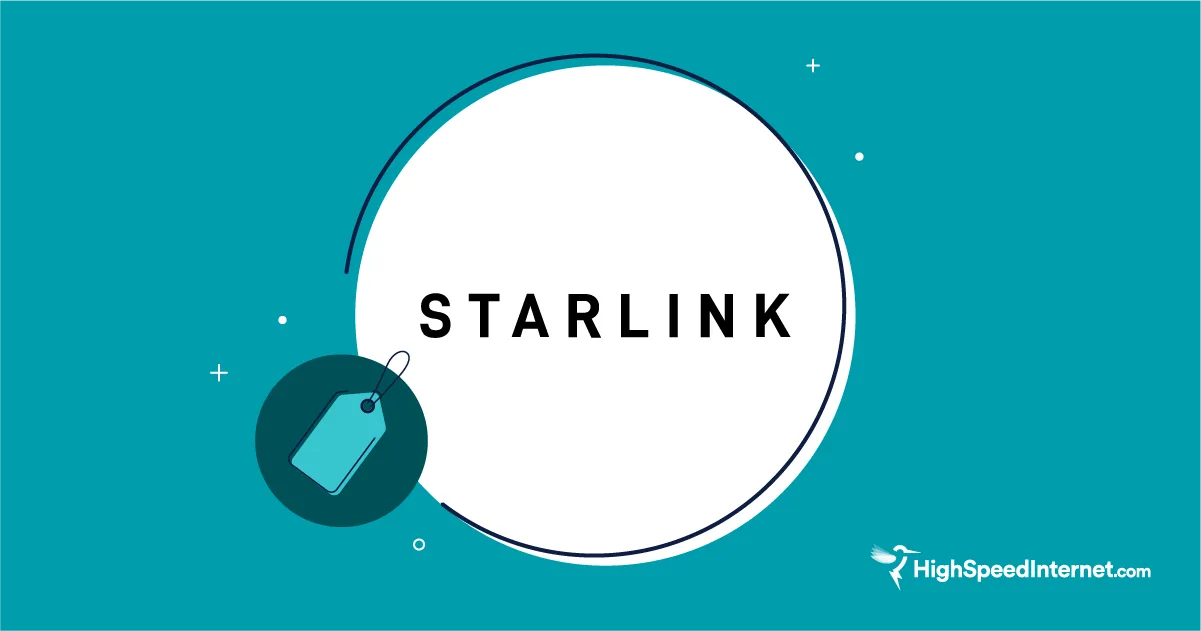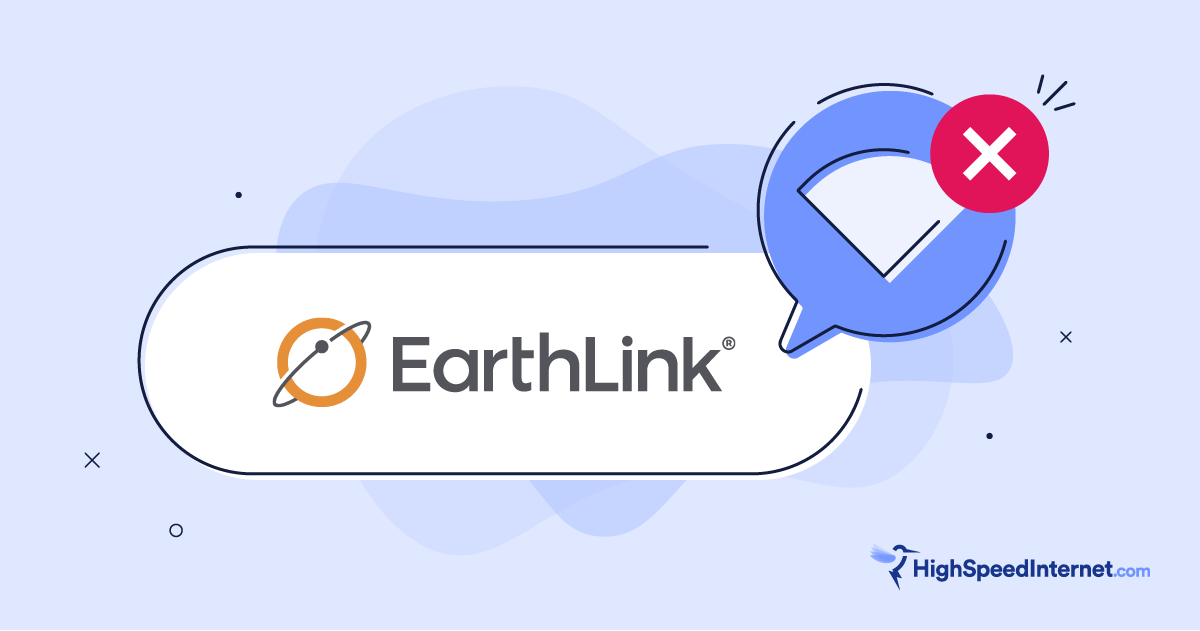The Fastest ISP in the Northwest: Ziply Fiber
A regional fiber internet provider is outpacing the cable ISP giants in the Northwest.
Jan 23, 2024 | Share
Brand Guides, Internet Speed Guides
We used our speed test data to zero in on the Northwestern U.S. and discovered the region’s top performer isn’t one of the usual big names but rather a local exclusive: Ziply Fiber. Ziply Fiber’s fiber-optic internet plans came out ahead of its cable internet competitors in all three of the key speed indicators we use to rate ISP performance.
Average internet speeds in the Northwest
The Northwest is no slouch when it comes to internet bandwidth. Our analysis clocked the average regional internet speed at 197Mbps, well above the 171Mbps national average we found in our 2023 Fastest and Slowest States Report. Because this analysis uses a different methodology from our Fastest and Slowest States Report, it’s not a perfect apples-to-apples comparison of the Northwest vs. the nation, but it does provide a fast baseline from which to judge the region’s ISPs.
Average Ziply Fiber internet speeds
The average download speed of Ziply Fiber’s fiber-optic connections from our Northwest sample was 280Mbps, about a 43% increase over the regional average. Aside from being substantially faster, Ziply Fiber’s speeds sit at a significant threshold to provide smooth internet service.
The average internet speeds in the Northwest are fast enough for most circumstances. But at busy times, online activity like streaming, downloads, and background services could create enough local congestion to cause slowdowns on a 150–200Mbps connection, especially in homes with more than two people. But 250–300Mbps speeds provide enough extra headroom for a typical household to experience virtually zero local network congestion, even during peak hours. The average internet speed of Ziply Fiber customers sits right in the middle of that sweet spot.
| Download speed | Upload speed | Latency | |
|---|---|---|---|
| Ziply Fiber | 279Mbps | 133Mbps | 8 ms |
| Regional average | 197Mbps | 24Mbps | 19 ms |
*Data from HighSpeedInternet.com speed test. Regional average includes all ISPs except Ziply Fiber.
Ziply Fiber’s upload speeds reveal even steeper gains, coming in over five times as fast as the regional average.
Faster upload speeds are a distinct benefit of fiber internet service. Fiber has symmetrical bandwidth, meaning the upload speeds are equal to the download speeds. In contrast, other internet types only provide upload speeds that are a small fraction of the download speed. Faster upload speeds come in handy whenever you need to send data out to the internet for video calls, data backups, and uploads to the cloud.
Ziply Fiber caps off its Northwest victory with an 8 ms average latency—a roughly 50% improvement over the regional average (lower latency is better). Latency measures how long it takes your network to send and receive individual internet signals and has a big impact on time-sensitive applications like online gaming and video calls.
Northwest ISPs compared
| Provider | Download speed | Upload speed | Latency |
|---|---|---|---|
| Ziply Fiber | 279Mpbs | 133Mbps | 8 ms |
| Xfinity | 220Mbps | 24Mbps | 14 ms |
| Spectrum | 154Mbps | 14Mbps | 41 ms |
| Astound | 173Mbps | 24Mbps | 16 ms |
*Data from HighSpeedInternet.com speed test.
Comparing Ziply Fiber directly against the region’s other ISPs told a similar story: Ziply Fiber had a clear performance advantage with faster download speeds, faster upload speeds, and lower latency than the competition.
It’s important to emphasize that speed test data measures real-world speeds experienced by customers, which are heavily influenced by the plan they select from their provider.
Ziply’s speed test numbers would likely be even higher if they operated more like other fiber ISPs, which typically only offer more expensive high-bandwidth internet plans. However, from day one, Ziply Fiber has attempted to make its fiber internet as accessible as possible, and that doesn’t just mean more fiber lines, but affordable plans as well.
Consequently, while Ziply’s plan roster includes extremely fast internet speeds, it also has a few competitively priced mid-tier plans starting at just $20 per month. Because these plans are so affordable and the speeds are perfectly adequate for the majority of households, it’s likely that most Ziply customers choose one of the mid-tier plans.
Ziply Fiber internet plans
| Package | Price | Speed | View Plan |
|---|---|---|---|
| Fiber 100/100 | $20.00/mo.† | 100Mbps | View Plan |
| Fiber 300/300 | $30.00/mo.† | 300Mbps | View Plan |
| Fiber Internet Gig | $50.00/mo.† | 1,000Mbps | View Plan |
| Fiber Internet 2 Gig | $60.00/mo.§ | 2,000Mbps | View Plan |
| Fiber Internet 5 Gig | $80.00/mo.§ | 5,000Mbps | View Plan |
| Fiber Internet 10 Gig | $300.00/mo.§ | 10,000Mbps | View Plan |
| Fiber Internet 50 Gig | $900.00/mo.§ | 50,000Mbps | View Plan |
* For 12 months for new customers with paperless and autopay
† For new residential customers only. No annual contract required. Prices shown are before taxes and fees and require autopay and paperless billing. One-time introductory price for first 12 months. Afterwards, standard pricing applies.
§ For new residential customers only. No annual contract required. Prices shown are before taxes and fees and require autopay and paperless billing. Standard month to month pricing.
Ziply Fiber offers some of the best value internet plans we’ve seen. Like with any good provider, you get a ton of internet speed for the money. Our favorite is the Fiber 300 plan, which offers an optimal internet speed at a very low rate. On top of the best speed-per-dollar value in the business, Ziply tacks on worry-free policies like unlimited data and month-to-month contracts.
The fastest internet plan in the United States
In addition to the plans above, Ziply Fiber is home to the country’s fastest internet plan. Topping off Ziply’s multi-gig roster is the 50 Gig Fiber plan, as in 50 gigabits per second (Gbps) speeds. That’s enough internet speed to process a typical household’s monthly internet traffic in about 12 minutes. At $900 per month with a $600 installation fee, Ziply’s 50 Gig Fiber plan qualifies as more of a statement than a viable product, but it’s impressive nonetheless.
The fiber advantage
Ziply Fiber provides fiber to the premises (FTTP) internet service, meaning that customers receive service directly from a fiber-optic cable attached to their residence. This plays a big role in Ziply’s high performance.
Fiber-optic cables carry a lot more bandwidth than any other data conduit. How much more? That number is somewhere in the tens of terabytes, maybe even higher. One of the fastest fiber cables is Google’s “FASTER” undersea cable, capable of 60TB per second. Don’t expect those speeds out of your router anytime soon, but residential internet service is nowhere near touching the physical limits of fiber-optic cable. That’s why fiber internet customers have been enjoying multi-gig internet connections for years. Along with the increased bandwidth, fiber customers also get exponentially faster upload speeds.
Lower latency
Fiber-optic signals exist as light pulses that travel through the glass fibers within the cable. These light pulses persist longer than the electrical signals used on coaxial cables and other copper conduits. That’s why signals on an FTTP network like Ziply Fiber’s need less boosting and processing in their journey from your home to the internet and back. Consequently, fiber customers experience a more responsive and snappy internet experience, as evidenced by Ziply’s low average latency.
Thoughtful network design
More specific to Ziply Fiber is its fully redundant fiber network paths. This essentially means it has an extra internet traffic lane to lean on if something goes wrong. If there’s required maintenance or too much congestion, it can use the extra fiber path to ease the impact these events have on its customers. In short, it means fewer slowdowns, outages, and maintenance interruptions.
About Ziply Fiber
Ziply Fiber formed in 2020 when former Wave Broadband executives acquired Frontier’s Northwest fiber network (in partnership with Searchlight Capital Partners). This matched a leadership team with the perfect experience growing an ISP in the region with the capabilities of a fiber-optic network. But the acquisition was a lot more than just a name swap on existing infrastructure. In addition to funding the acquisition, Ziply secured half a billion dollars for immediate network improvements and upgrades that have already begun to show via the brand’s excellent performance.
FAQ
Who has the fastest internet in the northwest?
Methodology
We calculated speed using data from the HighSpeedInternet.com speed test. HSI reviewed data for select areas in Washington, Oregon, and Idaho.
To target Ziply Fiber’s fiber-optic internet plans (Ziply Fiber also services DSL internet connections), results for Ziply Fiber’s download speed and latency were filtered via upload speed. The same filter could not be used reliably on the other brands included in the analysis due to cable and DSL internet services’ limited upload bandwidth. Aside from eliminating the majority of cable internet data entries, targeting cable internet plans with high upload speeds results in an extreme advantage.
However, in the interest of thoroughness, the HSI team also reviewed results with the upload speed filter applied to all ISPs. Even when the filter was applied to all ISPs, Ziply Fiber still maintained the highest download speeds, upload speeds, and the lowest latency in nearly every instance which produced statistically significant results. The upload speed filter was removed when measuring Ziply Fiber’s upload speeds.
Included ISPs were selected based on the availability of data within the target areas.
Overall regional averages do not include data for Ziply Fiber. Regional average results include results from ISPs that were not featured in the report.
Author - Austin Aguirre
Austin worked as a broadband technician installing and troubleshooting countless home internet networks for some of the largest ISPs in the U.S. He became a freelance writer in 2020 specializing in software guides. After graduating with a BS in technical communication from Arizona State University, he joined the team at HighSpeedInternet.com where he focuses on home network improvement and troubleshooting.




